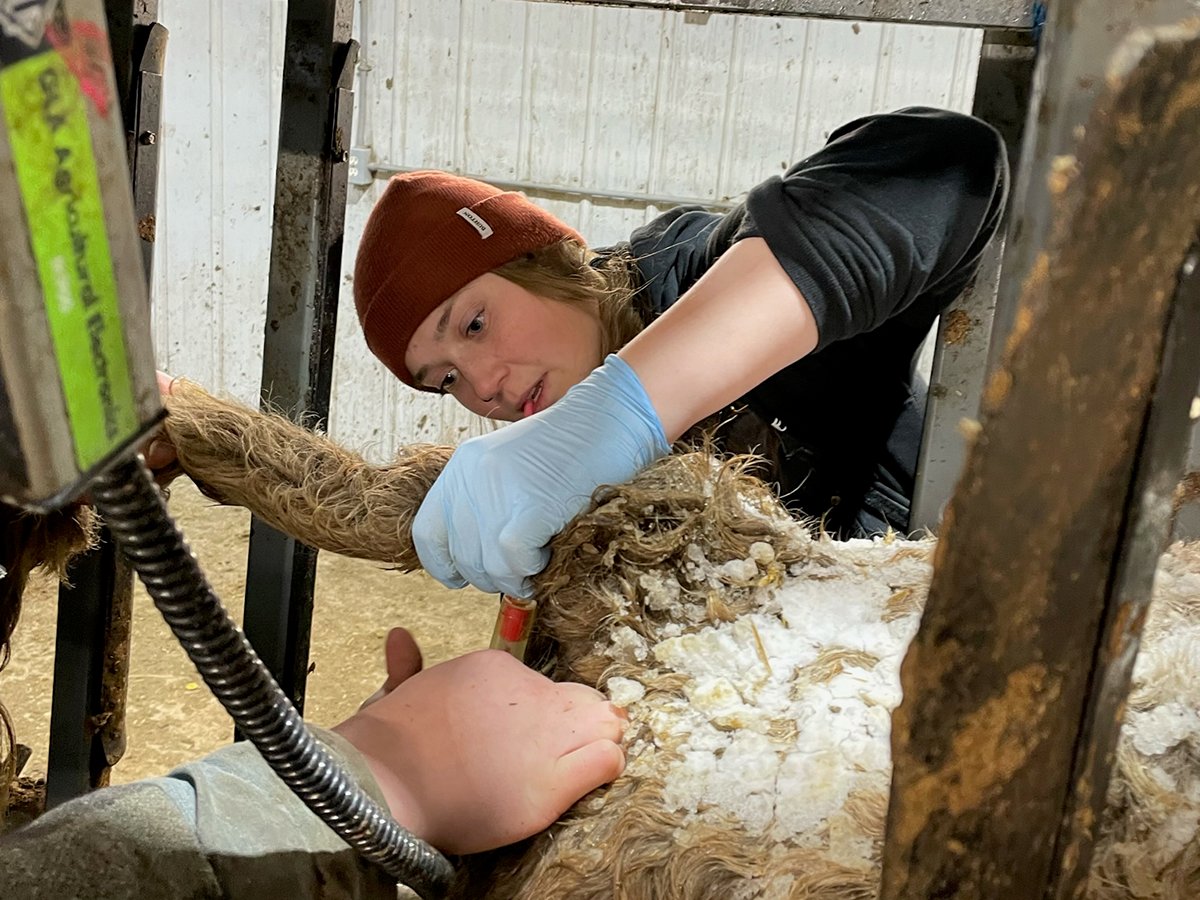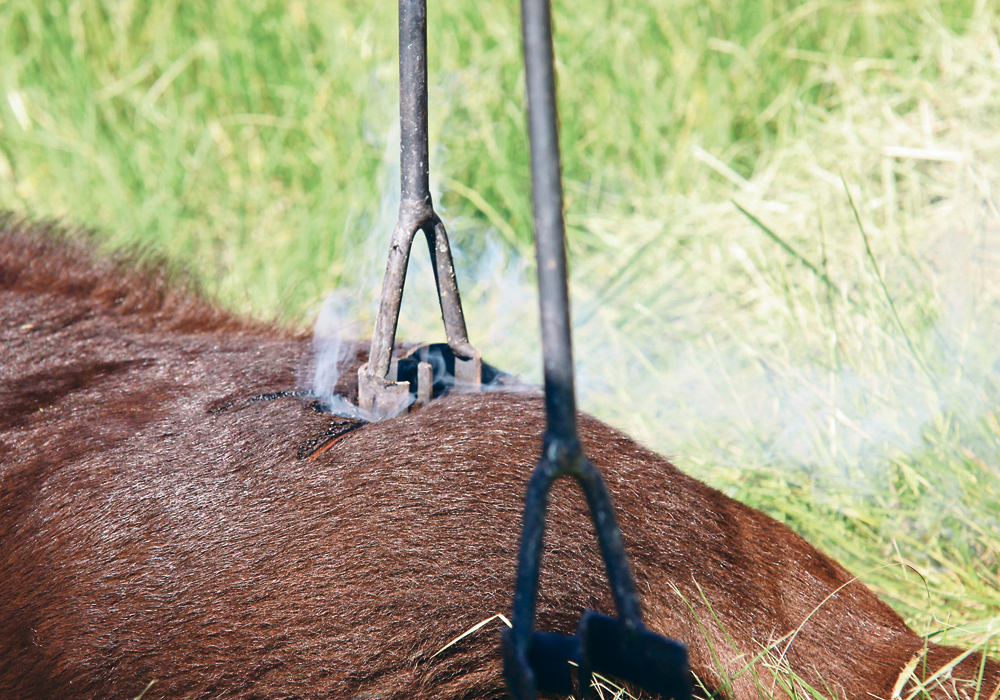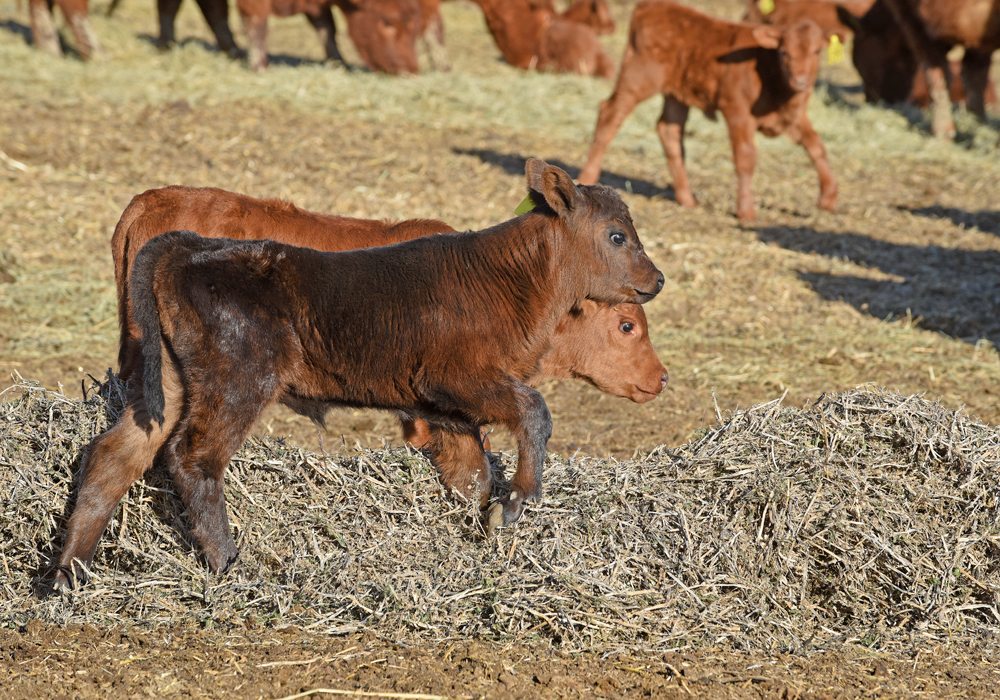Officials say the recent recovery of stolen cattle could not have happened if they had not been branded and documented
The recent recovery of cattle stolen in Alberta couldn’t have happened if the animals had not been branded and documented, says a law enforcement official.
“It was a four-way joint effort, beginning with Livestock Identification Services and the RCMP in Alberta and then moving over to Livestock Services of Saskatchewan and the RCMP in Saskatchewan,” said Garth Woods, manager of operations at LSS.
If the cattle had not been branded or documented, the matter might well have gone another way, he added.
Read Also

Pen riders better than tech at detecting respiratory disease in feedlot cattle, says researcher
Katrina Garneau’s recent research found that pen riders are better than technology at flagging signs of BRD in feedlot cattle.
“It typically would be a ‘he said, she said’ thing that would end up in a civil suit or maybe just end up as a lose-lose deal that everybody walks away from,” he said.
“Having an inspector recognizing and finding animals on that property that are a part of the complaint and then being able to work together with two sets of RCMP divisions and two inspection agencies is pretty satisfying for us and our industry. I think it’s a win-win.”
Alvin Hamm, 48, was charged with possession of property obtained by crime over $5,000 after the cattle were found in a pasture near Martensville, Sask. He was released and is scheduled to appear in Saskatoon provincial court on May 16.
Registered livestock brands are the primary means of ownership identification on cattle and horses.
“The protection provided by the brand, really nothing matches it. Regardless of how convoluted processes might get, the brand is really the one thing that still stands the test of time as a prima facie proof of ownership,” Woods added.
“We recommend, based on what we see as failures lots of times, is that people who brand and people who adhere to having inspection documents, which is a third-party record of what moved where, it virtually always serves them well when trouble rears its head.”
However, proof of identification is different from proof of ownership.
“A tattoo on an animal’s ear is only proof that (it) is that animal. It may belong to anybody. There may be records that support who actually owns it, but nothing proves whose animal that is, immediately in a prima facie way, that a brand does,” Woods said.
Suspected livestock theft is different from fraud, which tends to involve credit or civil matters.
“There’s usually some background stories, and that’s what makes it an interesting twist in a lot of files, is that there quite often is some civil relationship between the people that end up on opposite sides of a criminal complaint,” he said.
“They maybe had an agreement that was gone back on or poorly executed. Not many things equal the livestock industry in that respect.”
Harbouring is the most common occurrence in the livestock industry that involves small numbers of missing animals.
“That’s the act of keeping something. You didn’t go and steal it, but it got in with your cows and you kept it. As far as the number of files, that’s the most common criminal finding,” said Woods.
If livestock are missing, producers should first call their provincial livestock services branch, which will flag and share the information interprovincially.
Reports of irregularities are forwarded to the RCMP and in some cases an investigation will occur. However, missing or stolen cattle are seldom located, noted cpl. Owen Third, Saskatchewan RCMP’s livestock investigator.
“Not very often do I get a call from LSS saying, ‘we located one or two of these heifers or steers with this particular brand.’ It does happen but not very often.”
Added Wood: “The numbers are fluid and the people involved are somewhat fluid, but everybody puts a lot of effort into making things work well because it’s not in a caretaker or a customer’s best interests if (an) animal’s missing in the long run.”















